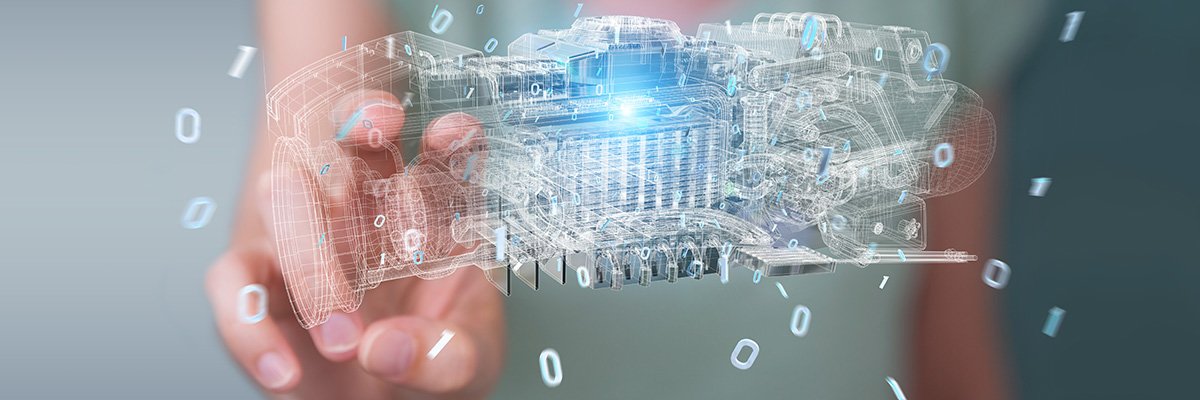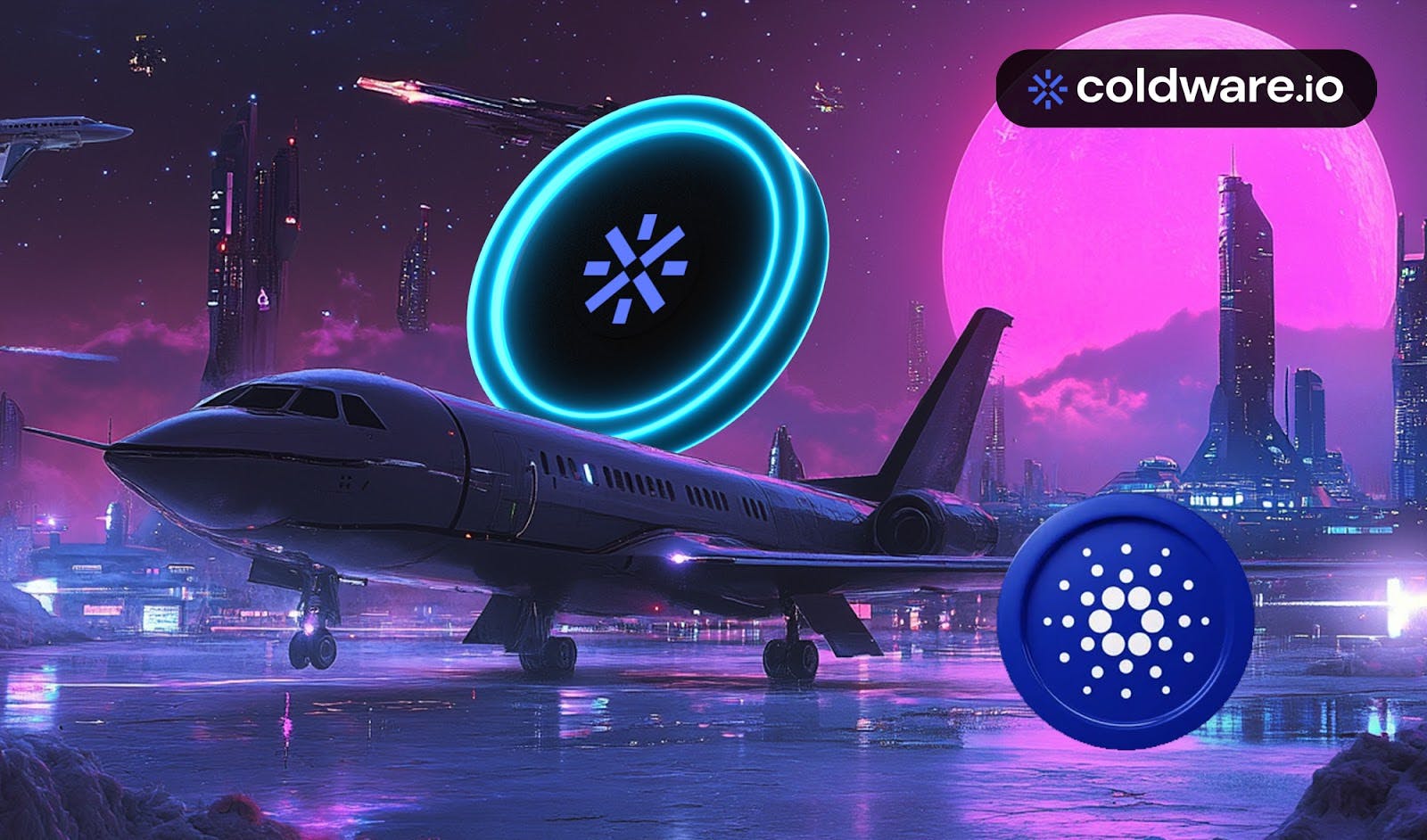While the concept of digital twins is growing in popularity, definitions are still evolving with official bodies updating their understanding of what such a virtual representation is.
The Digital Twin Consortium (DTC), for example, changed its definition to emphasise synchronisation and data, with a model-based approach tied to engineering technology, saying: “A digital twin is an integrated data-driven virtual representation of real-world entities and processes, with synchronised interaction at a specified frequency and fidelity.”
A noteworthy addition is the definition for a digital thread, which reads: “A bidirectional, dependable and trustworthy interconnected information system that links multiple dimensions, including structure, behaviour, space, time and lifecycle stages.”
The DTC adds that this is intrinsically linked to the digital twin. The refined digital thread definition highlights critical elements, including seamless, secure data flow across the product lifecycle and all organisations, silos and stakeholders. In the future, the increasing use of digital twins will clarify and popularise the overall concept and related terms.
Replicating Earth to understand environmental dynamics
Ambitiously, researchers and engineers are working on digital twins of the entire planet. Payoffs would be substantial, with better understanding of physical dynamics potentially guiding future environmental policies. Such twins could simulate and clarify the effect different environmental policies would have on the ecological system to provide stakeholders and policymakers with a tool to guide their thinking. Capturing all relevant elements, forces and dynamics is a challenging task, however.
The Advanced Information Systems Technology (AIST) programme is heading NASA’s Earth System Digital Twins (ESDT). The stated goal is to integrate “diverse Earth and human activity models, continuous observations and information system capabilities to provide unified, comprehensive representations and predictions”, and the twin “could be used to help researchers better understand the fundamental Earth systems that impact everything from wildfires to climate change”.
On the other side of the Atlantic, the European Space Agency (ESA) is working on Digital Twin Earth, stating: “The model will be able to monitor the health of the planet, perform simulations of Earth’s interconnected system with human behaviour, and support the field of sustainable development, therefore reinforcing Europe’s efforts for a better environment.”
The European Union has inaugurated this initiative Destination Earth (DestinE) “to monitor the effects of natural and human activity on our planet, enable users to anticipate extreme events and test and adapt policies addressing climate-related challenges”.
Widespread interest in creating digital twins of our planet exists, and various applications and research targets drive such interest so that private companies also enter the fray. Nvidia has become one of the largest companies by market capitalisation in the past two years because of its chips that find use in AI applications. The company is now putting its resources to working on Earth-2. The model is intended to improve “climate and weather predictions with interactive, AI-augmented, high-resolution simulation”.
Similar virtualisation efforts exist that focus on creating a twin of the oceans. From October 2022 to the end of September 2024, the European Union contributed nearly €3m on an “EU public infrastructure for the European Digital Twin Ocean”, called EDITO, adding: “Integrating marine big data from real-world observations and advanced simulations, the European digital twin of the ocean will revolutionise marine knowledge creating a high-resolution virtual representation of the ocean.”
In mid-September 2024, a workshop was held in Barcelona to review the status of integrating various components and infrastructure elements into a broader virtual environment.
However, one credible criticism exists for most of these initiatives: many of the mapped dynamics and climate-change effects do not account for human activities.
A research group formed from many European academic institutions is questioning the omission of this crucial factor in these simulations. The researchers argue that, to empower action on climate change, digital twins of the Earth must be extended to consider humans, their behaviour and their institutions.
Developing scenarios to improve strategic decision-making
Author of Strategic Discovery Graham Kenny, along with executive director at AI and Cyber Futures Institute at Charles Sturt University Ganna Pogrebna, are focusing on the use of digital twins to improve strategic decision making. Whereas digital twins hitherto mainly applied to physical objects and environments, future applications will include use of virtualisations to “analyse existing customer data and generate detailed virtual models of various customer segments”.
Reduced costs and the emergence of generative AI (GenAI) will put this tool in the hands of even small to medium-sized businesses, with Kenny and Pogrebna adding: “The ability to marry GenAI tools with digital twin technology has more recently enabled companies to create digital twins of organisational processes and supply chains.”
In addition, researchers at the Deloitte Centre for Integrated Research are looking at a way to use digital twins that could have substantial impact on the field of foresight, particularly the creation and utilitarian value of scenarios for strategic decision-making under uncertainty. As business decisions become increasingly complex, digital twins are being reimagined to simulate key strategy decisions and help businesses better navigate uncertainty.
The analysts interviewed experts across management and business disciplines and found four major use cases for digital twins to support strategic decision-making. They arranged the use cases across a matrix of operational versus strategic decisions on one axis and closed versus open systems on the other axis (closed systems are dominated by a company’s internal factors whereas open systems are dominated by external factors outside the company’s immediate influence).
Digital twins were found to have payoffs for operational decisions with the capability to provide instant insights versus intelligent predictions in closed systems respectively in open systems. The researchers revealed that for strategic decisions, “we find [in closed systems] the ‘scenario builder’ which can help with planning different types of decisions in different scenarios, and ‘strategic sandbox’ simulations in open systems that help businesses navigate the highest levels of uncertainty. These applications build on the foundational capabilities of the operational use cases to open new possibilities for improved strategic decision-making, but their implementation is not without its challenges.”
The use of digital twins as a scenario builder addresses the increased complexity of situations that strategic decisions address. Digital twins for strategic sandboxes meanwhile support “higher order strategic planning under conditions of greater uncertainty in open system environments.”
Creating authentic environments to train future leaders
Similarly to the use of digital twins to create scenarios, the concept could find application in war games which take into account opponents’ behaviour and actions. War games as a training and preparation tool have been around for decades, particularly in military applications.
The simulation of warfare and conflict situations will improve drastically by not only immersing participants in viscerally grabbing environments using digital twins, but also by creating responsive, interactive decision landscapes via artificial intelligence that instantly can react to actions taken and access a wide range of data sources that reflect real-world dynamics and phenomena.
Recently, National Public Radio (NPR) Marketplace host Kai Ryssdal stepped into the shoes of the US president in 2044 – by then, climate change has dramatically affected the northern parts of South America. Two retired military commanders guided Ryssdal to take decisions in this scenario. In this particular scenario, Venezuela and Colombia are hit hard by droughts, followed by flooding in this simulation. Humanitarian help is needed while the southern border of the US requires additional law-enforcement and logistical support. China, meanwhile, is sending hospital ships and an aircraft carrier to the Caribbean Sea to expand its influence in the region.
The US military has used such wargaming scenarios for decades, but over the past few years have embedded challenges that result from the effects of climate change. Since 2021, the US Department of Defense is training military leaders on climate wargaming.
The depicted wargaming situation is hypothetical but conceivable. Such wargaming efforts will increasingly leverage AI and virtual environments to design and adjust simulations to represent different scenarios that challenge decision-makers – and military wargaming will only be one of many applications that benefit from digital twins. Competitive market environments, disaster situations and logistical challenges all can be simulated to enable strategists, relief workers and operational specialists to improve their skills and train for potential crisis situations.
Previously mentioned efforts to create digital twins of oceans and the planet will contribute realism and understanding. The use case for connecting accurate representations of environmental dynamics, wargaming and scenario planning is obvious. The application of digital twins in decision-making and strategy development will become more common in the future.
Martin Schwirn is the author of Small data, big disruptions: How to spot signals of change and manage uncertainty (ISBN 9781632651921). He is also senior adviser for strategic foresight at Business Finland, helping startups and incumbents to find their position in tomorrow’s marketplace.










